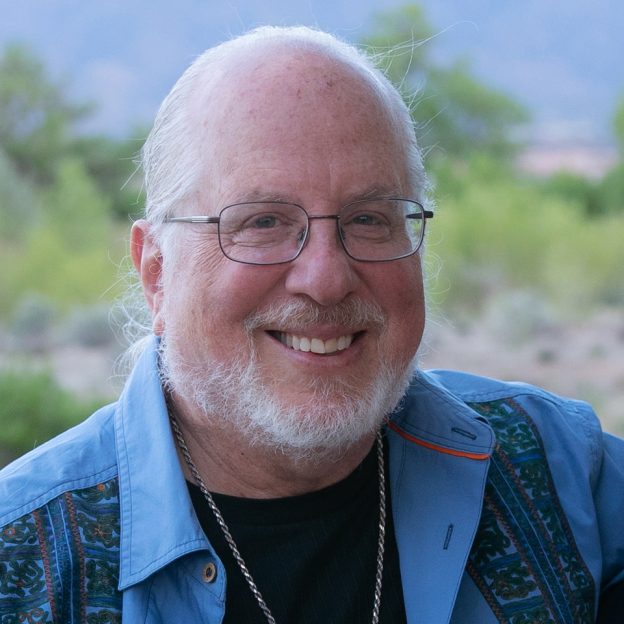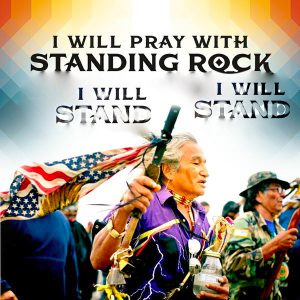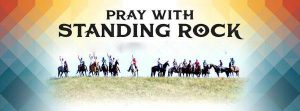Interview with Ken Cohen
Ken Cohen is the author of The Way of Qigong: The Art and Science of Chinese Energy Healing and also Honoring the Medicine: The Essential Guide to Native American Healing. He is the rare individual who has entered fully into these spiritual traditions, studying and honoring the lineage, language and practices with absolute integrity. It was my honor to have another chance to interview Ken for my podcast and YouTube series having previously spoken with him for my book, Crossing the Boundary: Stories of Jewish Leaders of Other Spiritual Paths.
In our conversation we cover a lot of ground and I hope you take the time to either listen to the podcast or watch the video. We begin with discussing his identity as a Jewish man as well as his being an adopted member of the Cree people. He recalls his Jewish family history that shaped much of his life’s direction even while choosing to focus his attention on two distinctly different paths: learning the Chinese language, Taoism, Qigong and Tai Chi, and finding himself adopted and trained by Native American elders in their traditional, healing arts.
In response to a wide range of questions, he offers rich teachings from a Taoist perspective as well as his views on learning from nature. In regards to the latter, he emphasizes the importance of cultivating deep knowledge and intuitive relationships with plants for healing body and mind, much of which he learned the elders.
We explore the focus of much of my own work: how the spiritual quest, (Taoist or otherwise) relates to helping relieve suffering and to activism for peace, justice and a sustainable human relationship with the world. I find what he shared to be very powerful teachings for being with our internal process when responding to the painful state of the world. Recognizing his own troubled reactions, he describes going out into nature and praying for guidance. What he received are four guidelines. He emphasizes that this is not a substitute for active work in the world, but for preserving personal, psychological and spiritual well-being in the face of injustice. (I’ve summarized them here, but hope you listen for the full explanation of this very powerful teaching.)
1.Release the injustice you experience up to Creator. Don’t return the fire.
2. Never indulge in negative thinking. That only strengthens what feeds the abuse.
3. Don’t allow even a single shell of bitterness to form around your heart.
4. Do whatever is necessary to keep your heart fully capable of receiving and giving love.
We continue on to discuss the use of psychedelic plant medicines, the use of tea as a spiritual path and the need to focus deeply with a spiritual tradition rather than diluting or mixing them haphazardly, . Ken is quite an amazing individual and I encourage you to listen to our interview and check into his books and websites to find out more about him and his teachings.
The Way of Qigong: https://www.qigonghealing.com/
Honoring the Medicine: https://www.sacredearthcircle.com/
Our conversation can be found at
And https://www.buzzsprout.com/1827447/12089957 and
You can listen to all the Crossing the Boundary interviews here:
https://www.buzzsprout.com/1827447
and https://www.youtube.com/watch?v=BpfneC8HTO0&list=PLBTcFhpF_7838Ckgn-8rf508QrjEqc9GAhttps://www.youtube.com/watch?v=BpfneC8HTO0&list=PLBTcFhpF_7838Ckgn-8rf508QrjEqc9GA
With love and blessings,
Alan


